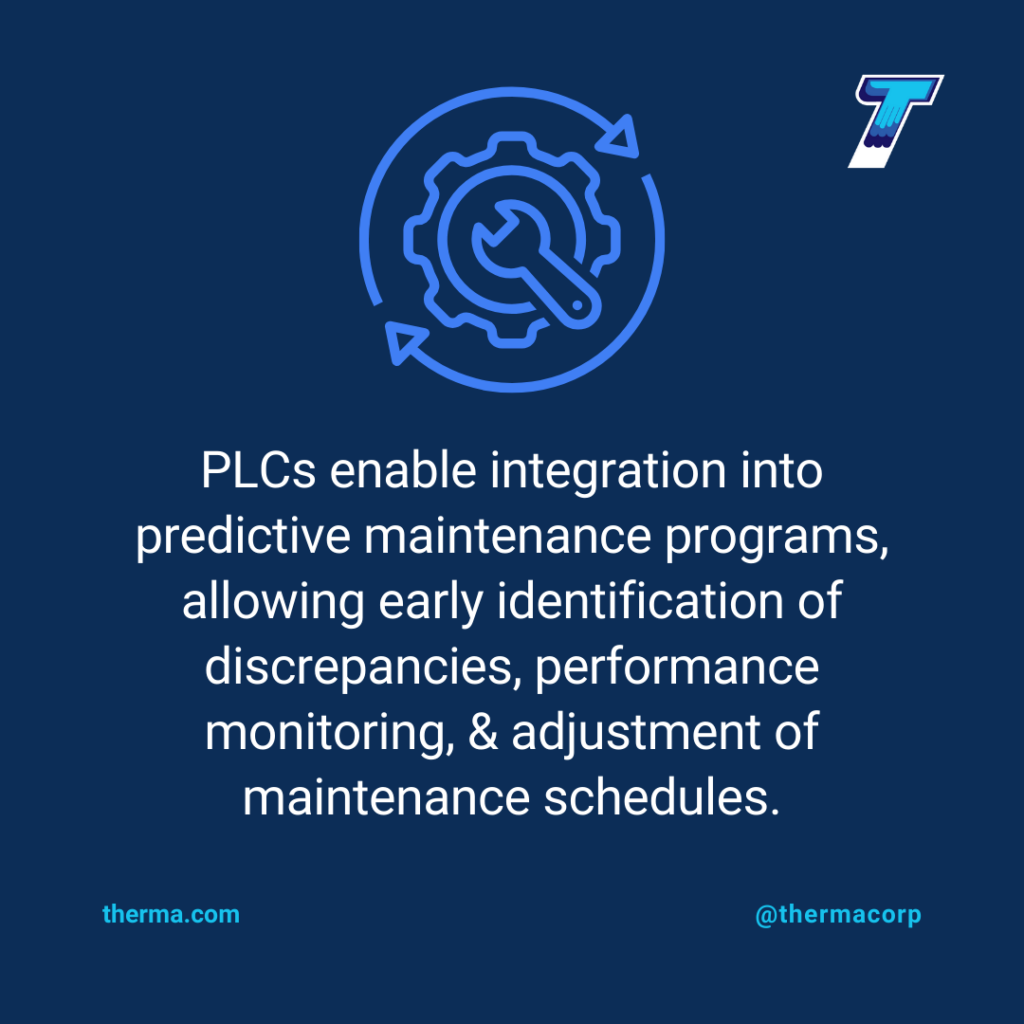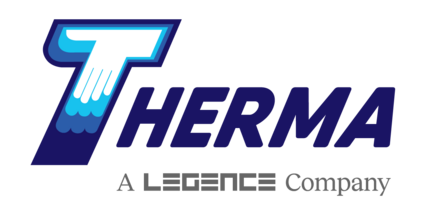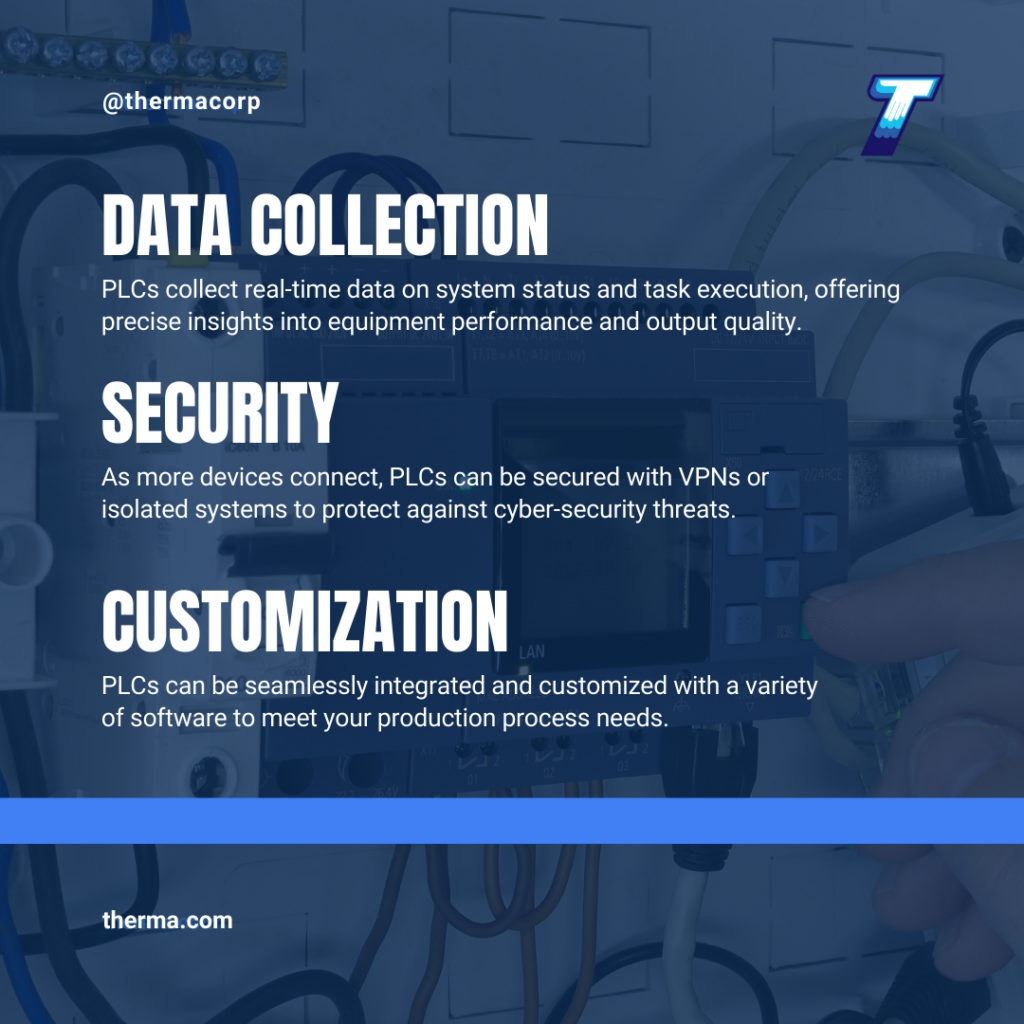by Ali Kriscenski
Programmable logic controllers (PLC) have been part of the automated manufacturing landscape for decades. Process automation is part of industry standards; however, in today’s market, PLCs are a key tool to drive efficiency and sustainability. In this article, we’ll look at how PLCs can become a central part of your facility operations.
What is a PLC?
A PLC is an industrial-grade computer designed to control manufacturing processes. These can include assembly lines, one of the earliest applications of PLC, or newer technology such as robotics. They can range in size and configuration, either working as standalone devices or connected to other PLCs along a process line.
PLCs differ from other computers in that they are designed for tough environments found in manufacturing facilities. These devices connect to process units and provide instructions for individual components to work in tandem with others in a system. Each PLC has the capacity to receive data input, analyze conditions, and perform the desired output within a process. PLCs allow users to select specific output actions that can be stored in the device’s computer memory.
How PLCs Differ from Relay Systems
As computerized devices, PLCs have significantly more capability than relay systems. In manufacturing, relay systems are composed of electromechanical devices that activate processes. These devices rely on an electrical current to switch tasks off and on. In comparison, PLCs provide more analytical capacity to ensure that tasks are executed in a more timely, efficient, and safe manner.
Benefits of PLCs
PLCs offer many benefits that can improve operational efficiency. The simple, rugged devices provide computer functionality while keeping processes simple to execute and track. These devices can improve productivity, reduce downtime, improve quality, and add increased safety.
Data Collection
PLCs allow the collection of real-time data about system status and task execution. This focused information can provide precise insight into equipment performance and the quality of the outputs performed.
Security
As more devices become connected cyber-security threats pose a significant threat to operational security. PLCs can be secured on virtual private networks (VPNs) or other operating systems not open to public networks. This adaptability allows processing systems to be secured from harmful attacks.
Customization
PLCs can be integrated into processing systems through a wide range of software and options. The PLC solutions required for your system can be thoroughly customized to meet the needs of your production processes.
PLCs and Predictive Maintenance
With PLC programming, facility technicians can integrate these devices into predictive maintenance programs. Programmers can be the first line of defense against system or equipment defaults by checking PLC sensors and signals. This allows any system discrepancies to be identified early and remedied. PLCs also allow technicians to monitor performance and make adjustments to maintain optimal outputs. Additionally, PLCs can help track equipment usage and adjust maintenance schedules accordingly.

How PLCs Can Improve Efficiency
PLCs allow process systems to be monitored and controlled continuously. This decreases the input needed by facility technicians and reduces the margin for error. The data collected by PLC devices can be analyzed and used to identify inefficiencies that can be calibrated for more efficient production.
PLC System Expertise
The right system design and equipment is key to operational efficiency. Finding the right partner with the technical expertise to create custom PLC solutions is critical to optimizing system performance. The experts at Therma can help you navigate your process equipment options and design a system that keeps your operations running at optimal performance. Contact Therma today.
AUTHOR BIO
Ali Kriscenski was trained in high-performance building design at Boston Architectural College. She has worked with leading architecture and construction firms in NYC and New England and served on the executive team at the Forest Stewardship Council International. She was the managing editor at Inhabitat and has worked pro bono for the Green Building Institute, ISEAL Alliance, and Habitat for Humanity.
Sources
Oracle – Top 5 Industrial Manufacturing Trends of 2024
Deloitte – 2024 Manufacturing Industry Outlook








